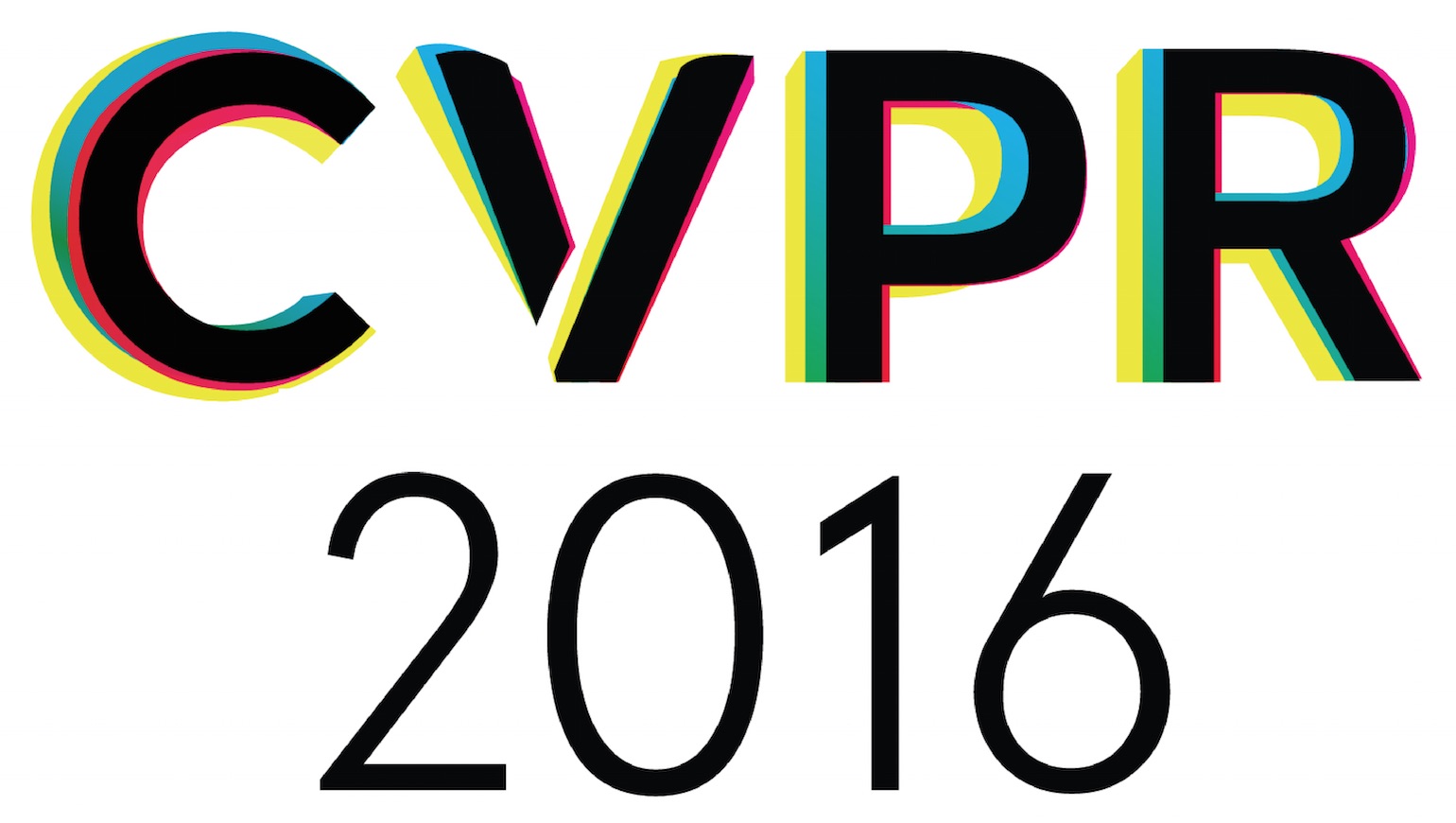-
Power-Efficient Cameras Using Natural Image Statistics
AbstractAbstract : Motivated by recent results on compressed sensing cameras we consider cameras that perform an analog linear transformation Phi on the signal, followed by scalar quantization. Specifically we ask: is it better to use compressed sensing (Phi is an under-sampling random matrix) or direct sensing (Phi is the sparsifying basis)? We compare the two approaches using their energy-distortion tradeoffs: assuming most of the energy consumed by such systems is in the ADC and the energy of the quantizer doubles with each bit, which system will give lower distortion for the same energy consumption? We present analytic expressions for the energy-distortion curves for three signal models: signals residing in a known subspace, sparse signals and power-law signals. For all of these models, our analysis shows that direct sensing results in lower distortion for a given energy consumption. We also present simulation results for natural images showing that direct sensing of Haar wavelet coefficients is preferable for these signals. Given the assumptions of our model, direct sensing of Haar wavelets can achieve high quality imaging (PSNR of 40 dB) with 6% the power consumption of standard cameras using 8 bits per channel.
Related Material
[pdf][bibtex]@InProceedings{Feldman_2016_CVPR_Workshops,
author = {Feldman, Roni and Weiss, Yair and Eldar, Yonina C.},
title = {Power-Efficient Cameras Using Natural Image Statistics},
booktitle = {Proceedings of the IEEE Conference on Computer Vision and Pattern Recognition (CVPR) Workshops},
month = {June},
year = {2016}
}
These CVPR 2016 workshop papers are the Open Access versions, provided by the Computer Vision Foundation.
Except for the watermark, they are identical to the accepted versions; the final published version of the proceedings is available on IEEE Xplore.
Except for the watermark, they are identical to the accepted versions; the final published version of the proceedings is available on IEEE Xplore.
This material is presented to ensure timely dissemination of scholarly and technical work.
Copyright and all rights therein are retained by authors or by other copyright holders.
All persons copying this information are expected to adhere to the terms and constraints invoked by each author's copyright.

